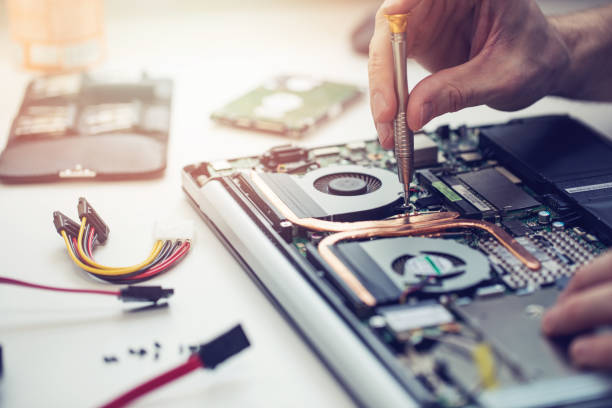Prices for electronics repairs can feel opaque. One shop quotes a small figure, another suggests a higher number, and the gap raises new questions. People want their devices up and running quickly. Yet quality, data safety, and long-term stability are also concerns.

Let’s check out how repair economics work in Auckland. We will examine how parts supply, labour, and timing can impact outcomes. The aim is not to push a single answer but to offer a framework you can apply to phones, laptops, and tablets. You will see where costs come from, what trade-offs make sense, and why a transparent diagnostic is worth the time. With that base in place, it becomes easier to compare quotes and choose well, which leads to the core question of what you may pay.
What Actually Drives The Price Of A Repair?
Several variables interact to shape costs. Technicians often view a repair as a system problem rather than a single part, which helps explain price ranges across the city. With that in mind, consider the following factors before deciding.
- Part quality and provenance: OEM parts may have excellent quality and fit, whereas high-grade aftermarket parts are viable if they are well sourced.
- Labour and complexity: Microsoldering, board work, and data recovery require specialist time and equipment.
- Device model and age: Newer models can carry higher screen and battery prices, while rare parts for older units may be harder to source.
- Diagnostic scope: A structured examination can reveal secondary faults that, if ignored, raise costs later.
- Turnaround speed: Priority service may add a fee, which makes sense when downtime affects work or study.
- Water or impact history: Moisture and shocks can trigger cascading issues, which add risk to the quote.
- Warranty and aftercare: Solid coverage is part of the price, but it can lower future spending.
- Data handling: Safe backups and privacy-first workflows take time, which is built into professional pricing.
- Market supply: Parts availability in Auckland can shift week to week, which affects both price and lead time.
Understanding these inputs sets up the next step, where common doubts influence how people read a quote and compare shops.
How To Read A Quote With Care?
Many customers wonder if a cheaper screen will feel different. It might. Colour balance, brightness, and touch latency vary by panel batch and adhesive quality. That is why reputable shops explain part grades and what you can expect. A modest saving can be sensible for casual use, while creators may prefer panels that match original calibration, which keeps editing consistent across devices.
Another concern is whether the repair will void the support. Policies often depend on prior service and region. Documenting your device state, requesting written warranty terms, and keeping receipts are prudent. People also fear hidden costs. Transparent diagnostics should state primary and contingent items, such as “screen replacement likely, camera bracket review possible.” Small notes like that reduce surprise later and make the quote easier to compare.
The question of repair versus replacement does not have a single correct answer. Economists might frame it as an option-value decision, where keeping a device alive preserves flexibility until a better upgrade appears. Many will choose if a repair restores full function at a sensible fraction of replacement cost. If the logic board is unstable, replacement could be safer. This evaluation naturally leads to one of the city’s most common jobs: screen work.
Electronics Repair Auckland: Why Choose 73inc?
For Electronics Repair Auckland, 73inc focuses on clarity first, then speed. The team starts with a structured intake process, safeguarding your data and identifying obvious faults and frequently stressed components in the vicinity. That approach reduces repeat visits and helps you avoid paying twice for related issues. You receive options that include clearly defined part grades, expected performance, and warranty terms that match your needs.
Customers value the way 73inc explains trade-offs without jargon. If a device has a premium screen, you hear why. If a cost-effective panel fits casual use, you get that option too. Calibrated installs, correct adhesive curing, and careful seal renewal are standard practices, supporting daily reliability in New Zealand conditions. Turnaround is usually the same day for common parts, and priority service is available when time matters.
The team also shares practical advice that forms an Ultimate Guide to Screen Repairs in person. You learn how to back up safely, spot early signs of touch grid failure, and know that when a battery refreshes, it prevents the need for a second visit. The goal is simple: Make each decision confidently and calmly, which sets up a smooth finish.
Conclusion
So, how much do electronics repairs cost in Auckland? It depends on your device’s quality, labour depth, and risk. A careful diagnosis, matched parts, and sound aftercare often reduce total spend across the device’s life. You may pay more today, yet save future time, data, and stress. That balance is worth aiming for, particularly if your phone or laptop supports daily work.
For clear pricing and friendly help, book a quick quote with 73inc. Bring your device in, review options side by side, and choose the path that suits your budget and timeline. When the aim is reliable results with no drama, a local team that explains the reasons behind each step can make all the difference.


